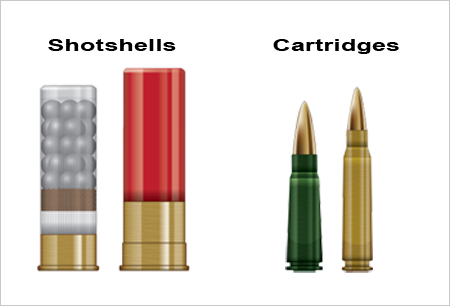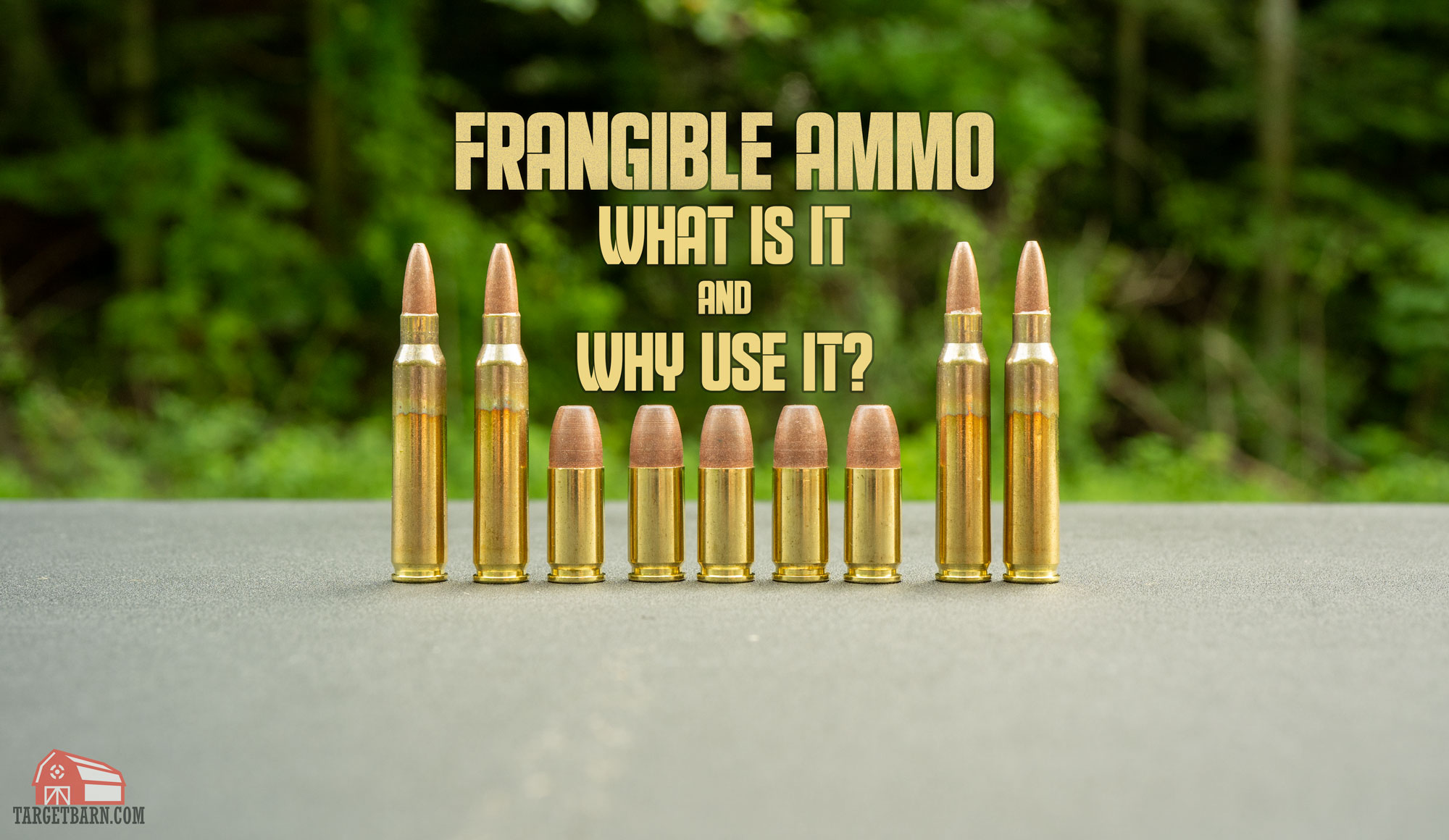Ammunition Pro Llc Fundamentals Explained
Ammunition Pro Llc Fundamentals Explained
Blog Article
The Ultimate Guide To Ammunition Pro Llc
Table of ContentsThe Ultimate Guide To Ammunition Pro Llc6 Easy Facts About Ammunition Pro Llc DescribedThe Facts About Ammunition Pro Llc RevealedThe Ammunition Pro Llc PDFsHow Ammunition Pro Llc can Save You Time, Stress, and Money.
The standard components of ammunition are the same for rifle, gun, and shotgun ammo. Today we're looking at the what the basic parts of ammunition are and just how they work together to discharge a round.The bullet is seated in the open end of the situation. When you discharge a bullet out of a semi-auto gun, the weapon's extractor raises the situation from the shooting chamber and it flies out of the gun.
A weapon's shooting pin strikes a cartridge's guide. The primer is situated in the edge of the situation of a rimfire cartridge.
The Definitive Guide to Ammunition Pro Llc
Gunpowder next to the instance that usually includes it. It is usually a blend of saltpeter, charcoal, and sulfur.

We call the projectiles for shotshells, which we fire with shotguns, slugs and shot. A slug is one solid item, generally constructed of lead. Shot is a group of pellets constructed of lead, steel, bismuth, or tungsten alloy. Shot pellets can can be found in various sizes and quantities. Now that you have a fundamental understanding of the standard components of ammo, you can really feel a bit much more confident in just how your gun and ammo feature!.
The Ultimate Guide To Ammunition Pro Llc
Stay up to date with Unique Offers, Breakthrough Notification of Sales, and Store Occasions
Fun reality: Grains are used to define the mass of a bullet since completely back in the early days of weapons, it was an apothecary's device of measurement, and a common denominator was needed to determine exactly how much cause use to make actors lead bullets (Gun Ammo). 'Grains' as a system of step for weight goes all the means back to old times, and represents the weight of a grain of wheat

(https://reedsy.com/discovery/user/ammunitionpro)For referral, the weight of a paper clip is around 16 gr. So, we understand that grains are a step of mass, and more = larger, and heavy is good, ideal? Yes, hefty is good, but mass of the projectile isn't the only thing you require to consider when picking a round for your gun.
Things about Ammunition Pro Llc
This spin is created by grooves reduced or inculcated the interior of the barrel, which are referred to as 'rifling'. Fun fact, this is the origin of the term "Rifle" ex. A rifled firearm vs. smoothbore firearm. The effect this spin has on projectiles is a supporting one the bullet turning keeps the nose directed right, similarly that a flawlessly spiraled football toss is mosting likely to be a lot a lot more secure and exact in flight than an ugly duck, end over end toss.
Exactly how does this associate to grain weight? Visualize you get on one of those play area carousels, the ones with bars you hang on to while it spins. Or a carnival ride where you're strapped to a board, dealing with inwards, which revolves truly quick. When it's rotating gradually, you do not feel much, and it's simple to hold on.
The same impact occurs with bullets. The much heavier the projectile, the more effect a quicker rotate will certainly have on it.
Get This Report on Ammunition Pro Llc
There's one more factor that we have to think about when choosing a grain weight for our ammunition. As meant above, bullet velocity, or the speed of the projectile, is a major element when determining the most effective grain weight projectile to use. Speed is influenced by a couple of significant factors, consisting of the type and amount of propellant (gunpowder), barrel length, and bullet weight.

One of the most common grain weight rounds for 9x19mm cartridges are 115gr and 124gr. These are typically lead core, fully jacketed (FMJ) rounds. Both of these grain weight cartridges will execute well in manufacturing facility 9mm pistols, to regular pistol ranges (as much as 50 yards). 115 grain rounds are one of the most typical (and therefore least pricey).
Report this page